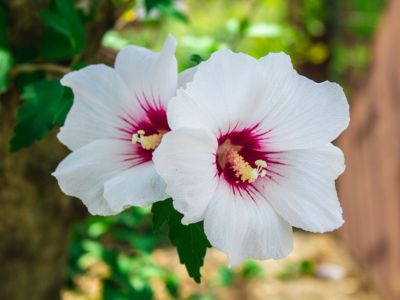Dropping of Blooms on Hibiscus Tree
One of the most common causes of hibiscus blossoms falling off plants is insect pests, particularly thrips. These tiny insects feed on hibiscus flower buds, causing them to fall off prior to blooming. Using an organic insecticide once a week as directed should help take care of the problem. Gall midge is another common pest affecting hibiscus flowers. This insect lays its eggs inside the buds, turning them yellow and eventually causing them to drop. These, too, must be controlled with an appropriate insecticide targeted at these pests. To find out if gall midge is to blame when hibiscus buds won’t bloom, examine the fallen buds for signs of midge larvae by cutting or pulling them apart. It will also help to pick off any yellow buds and dispose of them promptly. Other insect pests that may cause the dropping of blooms on hibiscus trees include:
spider mites mealybugs aphids whiteflies hibiscus beetle
In addition to insecticidal sprays, placing yellow sticky traps, which they find attractive, near the plant may help catch and eliminate them.
Other Factors Leading to Hibiscus Blossoms Falling Off Plant
Hibiscus flower and bud drop can also be the result of a number of other factors such as nutritional deficiencies and environmental conditions. Bud drop on hibiscus flowers is oftentimes associated with an underlying issue that can be easily corrected. For instance, insufficient watering, excessive changes in temperature, and over-fertilizing can all trigger the dropping of blooms on hibiscus trees. Hibiscus flowers require lots of light, high humidity, and moist soil. They also need regular feeding with fertilizer as directed. The best way to keep hibiscus flowers healthy is to accommodate their needs and check the plants often for signs of problems.
